
Frigid Fingers, Frozen Faders
MTV’s Snow Jam snow jammed.
Text:\ Tim Stackpool
For our European cousins, staging outdoor events in freezing, snow-laden conditions is common fare. In that part of the world, we see soccer matches and stadium concerts proceed in rain, hail or sleet. But for Australians, the story is a bit different. Often we struggle to keep concert systems alive by keeping them cool, while operating under intense heatwave conditions. There’s nothing better than a hot summer concert series in this country.
Consider then, the challenge of staging an international snowboard championship and outdoor concert on the Thredbo ski-fields in August 2010, just 24 hours after the resort receives record snowfalls between the rig and the show.
Jo McArthur, the event manager from Starchild Productions pulled together teams from Cairellie, Technical Direction Company (TDC), Butlers and Figure 8 Audio to stage MTV’s Snow Jam, a free live-music event featuring local and internationally acclaimed acts, Bliss N Eso, Operator Please and Queensland DJ duo, Stafford Brothers. Earlier in the day, an international line-up of snowboarders competed in the MTV Big Air competition, also part of the event and included in MTV’s coverage.
While the broadcast systems and LED screen backdrop were supplied by TDC, the lighting, audio and communications were the responsibility of Cairellie, with all members of the team reminded of the fact that ‘it might snow’.
Cairellie began their bump-in on the Monday prior to the Thursday show, in order to allow for the contingency of a snowfall extending the rig time. The weather did remain fine, however, with much of the systems in place by the Monday evening. Broadcast bump-in began around 11am the day before the show, with all rigging pretty much complete by 9pm that night. “When we arrived on-site we had very little snow to deal with, so the initial install was trouble-free, with cold being just a minor factor. We were aware of the possibility of snow so where possible we ran our cables high,” said TDC’s broadcast technical director, Olin Winton.


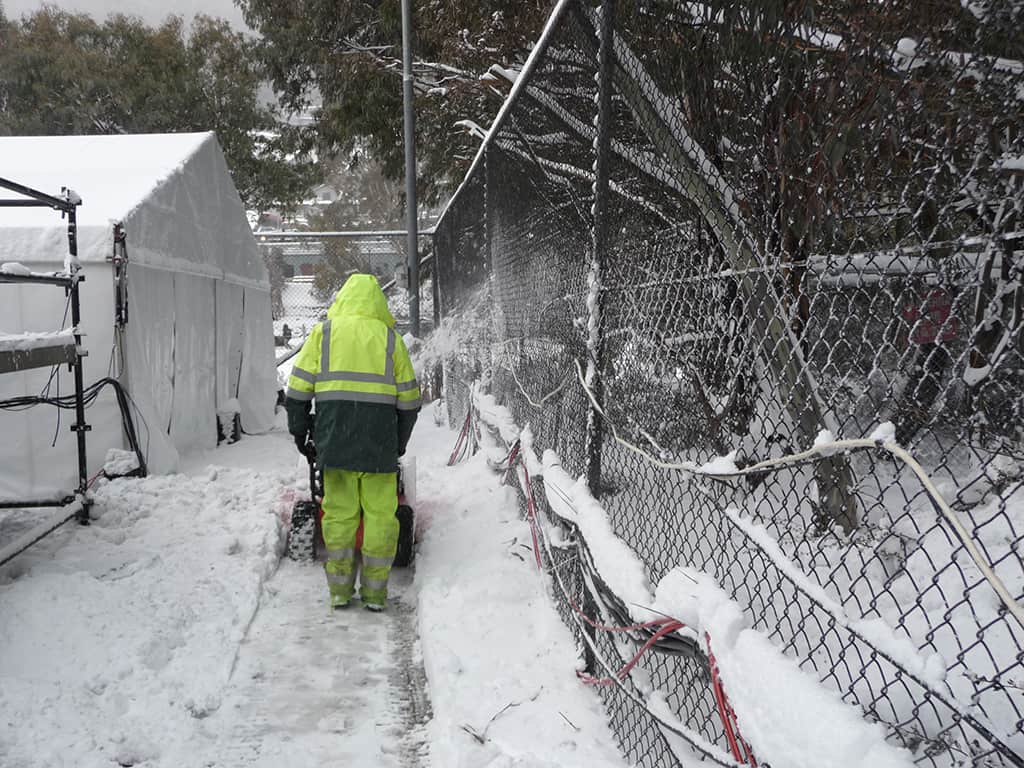
ALL DUE CARE
All cabling installed for the show was run approximately 900mm above the ground level by either attaching it to fencing, scaffolding, staging, or up over the sides of the production marquee. “This proved worthwhile when it snowed,” said Cairellie’s Stephen Knight. “We could get to all the cable if we had to, and it didn’t get stuck when we left. Everything had to be considered for ‘snow’ proofing. The concern was if it got cold enough, the cable might snap if moved.”
Two generators were used to provide clean power for the event, one dedicated to production power, the other to heating. Initially the production company’s intention was to shut the gen sets down overnight to eliminate noise. However, the plan changed, as it was decided to keep them running continuously, to guarantee the continued operation of the technical gear in the cold conditions. A dedicated ‘warm room’ marquee was also created to keep critical equipment within its operating temperature range.
The TDC broadcast crew determined they needed more than a mere marquee for TV operations. “We needed an OB truck for this event,” Olin said. “So we fitted out a truck and it worked really well, where we had both audio and video paths located in the one truck. The audio multi-tracking was done in a separate truck.”
To keep the gear safe and dry, any equipment not being immediately used was stored in the ‘warm room’. Outdoors, the TV cameras were covered with standard wet-weather gear along with tarps for extra protection. “We held off from building the LED backdrop until three hours before the show,” Olin said. “This was done due to the strong winds and our concern about prolonged exposure of the LED to the cold. The LED performed flawlessly in these cold conditions, by the way.”
THAT CALL IN THE NIGHT
And the cold did come. By around 3am on the morning before the event, Thredbo recorded a fall of snow reaching a record 550mm, for the previous 24 hours. Cairellie’s Stephen Knight was awoken with a phone call: “It was feared the roof of the Butlers stage was going to cave-in due to the weight of the snow. Someone came up with the ‘great’ idea that turning on 12 Molefay Duets (at 1.3kW each) would magically melt the snow off the roof. It would have had little effect, but at least the call alerted me to the conditions, and we could attend appropriately to our gear. I then looked out the window of the accommodation and noticed snow up to waist height. The car park had pretty much disappeared.” Audio technician (and apparent survival expert) Alistair Munroe overheard Stephen’s phone conversation and joined him in ‘wading’ across to the venue. “Driving was not an option at all,” he said.
According to Knight, when they finally reached the outdoor venue, all the sub-woofers had disappeared under about 1.2m of snow, some of which had been shovelled off the roof by the staging crew. “The whole venue floor was about 400mm deep in snow. We spent about two and a half hours getting everything out and clear. Al (Munroe) climbed the PA towers and cleared all the snow from the PA as I cleared the stage. We dug out a bit of the FOH cabling that was slightly undercover… we had already propped this up on timber the night before for this reason. Lastly the lighting on the FOH tower had to be cleared of snow as all the moving lights were sitting deep in it!”
MTV’s production manager Luke Shave agrees the conditions were certainly noteworthy: “The record snow falls made it challenging, to say the least,” he said. “No one expected to have to deal with the amount of snow that fell over that period. Walking down to the site in the morning and seeing the whole site, including the main stage, just covered in snow was something you don’t see everyday.”

THE UNKINDEST CUT
For the broadcast guys, the drama was similar: “We shot this event using four triax-based cameras (i.e. with remote CCU) and two ENG (stand alone) cameras, firstly shooting the Big Air contest, then resetting for the concert. Snow clearing machines were used to re-open pathways, however, these lawnmower-type machines cut through two of our cables approximately half an hour before we were to begin the broadcast,” said TDC’s Olin Winton. “Luckily we had a spare 400m of triax available to rerun from the FOH position from the OB compound. By the time bump-out started, our cables running to the Big Air event had been buried under a large amount of snow. This was possibly the worst part of the whole show, as they had to be dug out from under a metre of compressed snow and ice in -7°C temperatures at 10pm.” [Even so, it’s way cleaner that rolling up a multicore after a pub gig – Ed]
During the event, the crew contended with an interesting range of challenges presented by the elements: “The Digidesign Profile at FOH started losing faders as it got colder, which was essentially caused by condensation on them. The computer decided that we had our fingers on all these damp faders and therefore wouldn’t move them when switching pages,” Cairellie’s Stephen Knight told AV. “But the Yamaha PM5D monitor console, splits, all RF, all amps and power for audio was in an enclosed marquee on stage left. Andrew McKeown (monitor system tech) basically lived in that room wearing what could have been shorts and a t-shirt. All the gear kept it warm.”
Considering the challenges, it’s obvious that the success of the event lies beyond the special effects, the fireworks and the equipment, with key personnel ensuring ‘the show must go on’. “It was great working with everyone involved in this event,” TDC’s Olin Winton said. “Working under these conditions can be very trying, but everyone pulled together to make this event happen, especially the riggers who worked all night clearing snow off the roof in difficult conditions.” MTV’s Luke Shaves shares a similar perspective: “All crew and support staff did an amazing job. We did have some ‘moments’, but at the end of the day everyone put in a huge effort to make it happen. Although the snow was a nightmare to deal with, it made the on air show look amazing!”
Cairellie’s Stephen Knight concurs: “Without the staff we had there, this event technically would have been far more challenging that it already was. They were a great group of committed guys. Seeing millions of dollars of gear in that weather scared the heck out of me but we all worked together and got it all back safely after a successful event.”
MTV Snow Jam is an annual event and a regular production on the MTV calendar. It has been held previously in New Zealand, Falls Creek, Thredbo and Japan. The 2011 location will be announced shortly.
PRODUCTION TEAM
Jackub Jacko: video director
Olin Winton: technical director
Anthony Pellizzari: LED tech & camera assistant
Dean Maddox: camera assistant
Stephen Knight: Cairellie TD & lighting systems tech
Nathan Jones: front of house & audio systems engineer
Andrew McKeown: monitor system tech
Alistair Munroe: audio technician & general survival expert
Andrew Carson: senior communications tech
Matt Carr: lighting & comms tech
Michael Lofgren: general tech/driver
EQUIPMENT
Video:
Panasonic AV-HS450 vision mixer
4 x Sony HXC-100 HD cameras
2 x Sony BVP-950 ENG cameras
2 x Sony SRW-5500 HDCAM-SR VTRs
4 x AJA KiPro hard disk recorders
Vuepix P18 LED screen
Hippotizer v3 media server
FOH audio:
Digidesign Profile console
Dolby Lake system processor
d&b J-series and Q-series cabinets
Shure UHF-R
Monitors:
d&b M2 wedges and Q-series side fill
Yamaha PM5D console
Sennheiser SR2000 wireless in-ear monitors
Radial microphone splitters
Lighting:
grandMA fullsize console
LSC TDS touring dimmer system
12 x Vari-Lite VL3000 spot
8 x Vari-Lite VL3500 wash
16 x Vari-Lite VL2500 spot
8 x Vari-Lite VL2500 wash
Molefay Duets
ETC Source Four PARs
Comms:
120 x handheld two-way radios
Clearcom Tempest wireless system with
6 x Tempest duplex beltpacks
Clearcom Eclipse matrix system with
16 x V-Series stations

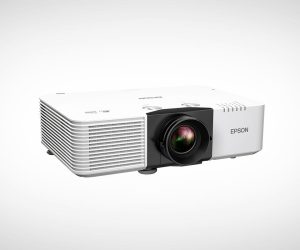
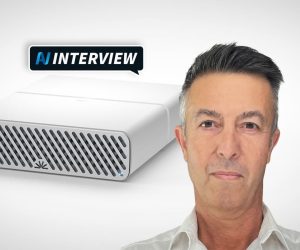


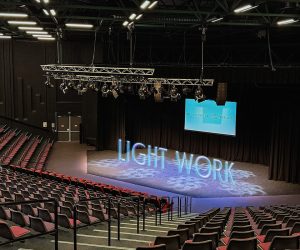



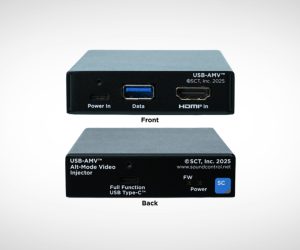





RESPONSES